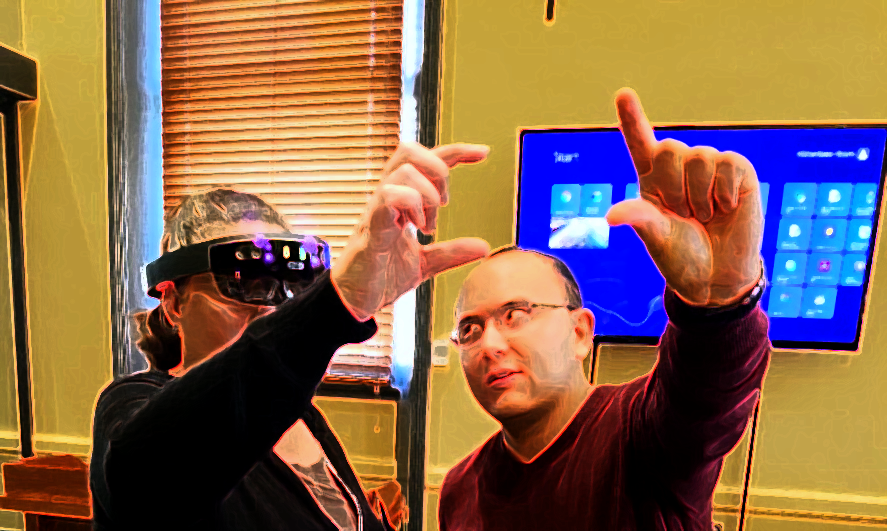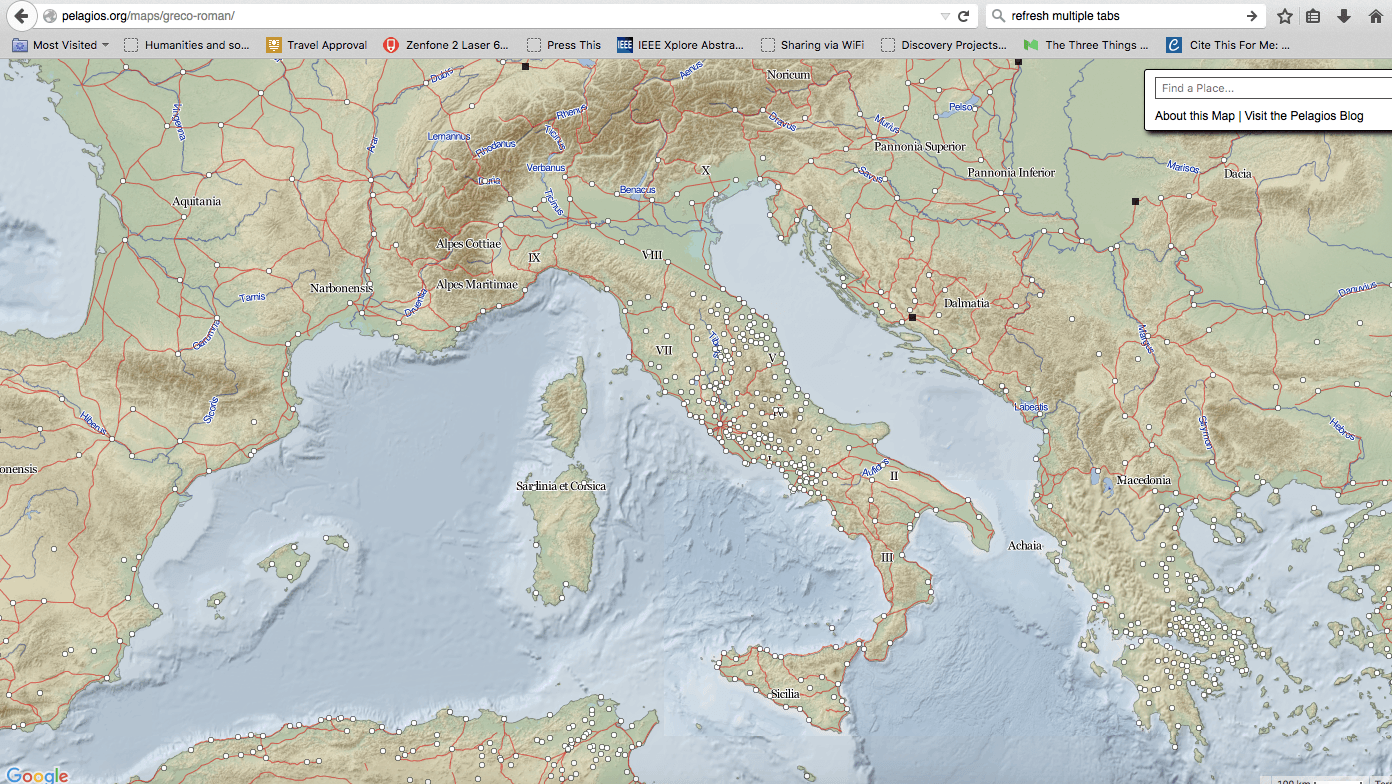by Ikrom Nishanbaev Ear Zow Digital and David A. McMeekin
Nishanbaev, I., Champion, E., & McMeekin, D. A. (2021). A Web GIS-Based Integration of 3D Digital Models with Linked Open Data for Cultural Heritage Exploration. ISPRS International Journal of Geo-Information, 10(10), 684. https://www.mdpi.com/2220-9964/10/10/684
In recent years, considerable efforts have been made by cultural heritage institutions across the globe to digitise cultural heritage sites, artifacts, historical maps, etc. for digital preservation and online representation. On the other hand, ample research projects and studies have been published that demonstrate the great capabilities of web-geographic information systems (web-GIS) for the dissemination and online representation of cultural heritage data. However, cultural heritage data and the associated metadata produced by many cultural heritage institutions are heterogeneous. To make this heterogeneous data more interoperable and structured, an ever-growing number of cultural heritage institutions are adopting linked data principles. Although the cultural heritage domain has already started implementing linked open data concepts to the cultural heritage data, there are not many research articles that present an easy-to-implement, free, and open-source-based web-GIS architecture that integrates 3D digital cultural heritage models with cloud computing and linked open data. Furthermore, the integration of web-GIS technologies with 3D web-based visualisation and linked open data may offer new dimensions of interaction and exploration of digital cultural heritage. To demonstrate the high potential of integration of these technologies, this study presents a novel cloud architecture that attempts to enhance digital cultural heritage exploration by integrating 3D digital cultural heritage models with linked open data from DBpedia and GeoNames platforms using web-GIS technologies. More specifically, a digital interactive map, 3D digital cultural heritage models, and linked open data from DBpedia and GeoNames platforms were integrated into a cloud-based web-GIS architecture. Thus, the users of the architecture can easily interact with the digital map, visualise 3D digital cultural heritage models, and explore linked open data from GeoNames and DBpedia platforms, which offer additional information and context related to the selected cultural heritage site as well as external web resources. The architecture was validated by applying it to specific case studies of Australian cultural heritage and seeking expert feedback on the system, its benefits, and scope for improvement in the near future.




 Figure 1: Pelagios
Figure 1: Pelagios